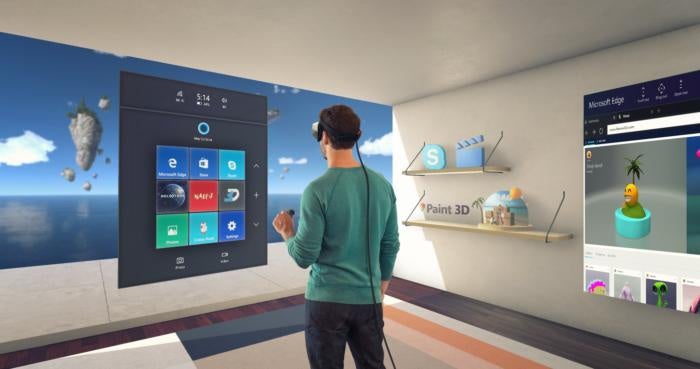
Microsoft’s Surface Studio announcement last week captured media attention, but there was one, significant update that snuck under the radar. Microsoft had promised that stand-alone, mixed reality headsets would be coming in March at a starting price of around $300 (around Rs 20,000).
These headsets are to be manufactured by a number of Microsoft’s third-party partners, including Dell and HP. Details of the headset itself were scant, but Microsoft did say that the headsets would be stand-alone devices (i.e. they won’t require external tracking units) and that their system requirements wouldn’t be too high.
In an interview with Polygon, Alex Kipman, Hololens Project Head at Microsoft, explained that Microsoft’s headsets would address the two main problems pertaining to VR headsets — movement constraints and high minimum system requirements.
Describing the headsets, Kipman told Polygon that the “first wave of headsets will be opaque” and that they would be tethered, just like traditional VR headsets. These headsets will however, come with “inside-out” tracking, meaning that they’ll track controllers, hands, obstacles, etc. from within the headset itself rather than rely upon external sensors.
“It allows you to freely move through space safely,” said Kipman.
The final product is not ready yet, but Kipman indicated that more announcements will be made at Microsoft WinHEC at Shenzen, China and Taipei, Taiwan in December. WinHEC or Windows Hardware Engineering Community events are designed to help share “deep technical knowledge” to help build and optimise hardware for Windows.
WinHEC Shenzen will be held from 8-9 December.
WinHEC Taipei will be held from 14-15 December.

Post A Comment:
0 comments: